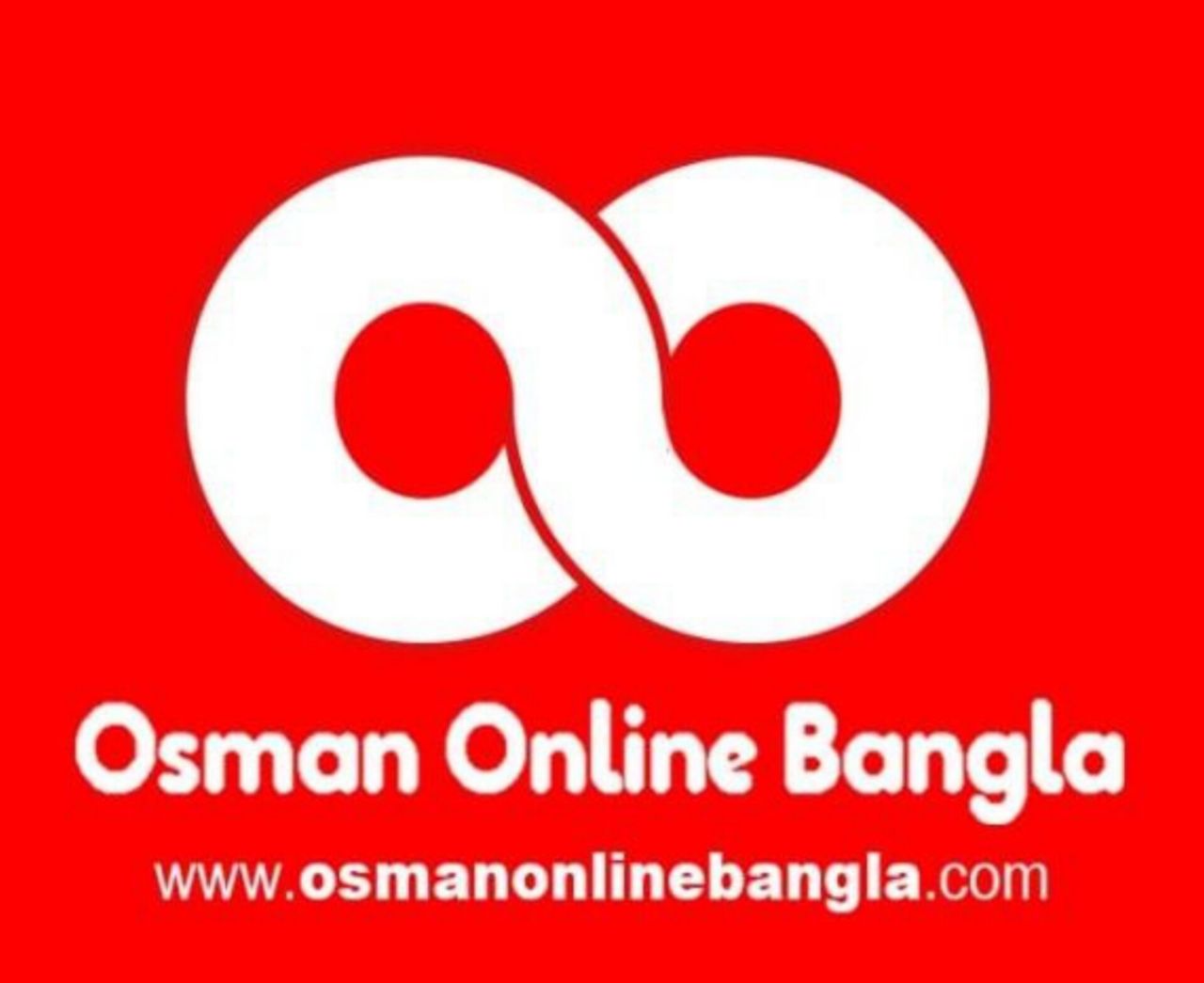SAN FRANCISCO — Regulators have zeroed-in on securing the machine infrastructure, such because the FDA’s efforts to implement cyber necessities for producers. Business leaders hinted on the RSA Convention on April 25 that the White Home will formally announce its plan for growing the nationwide cybersecurity labeling program in Might.
“We’re experiencing an attention-grabbing second in safety. We’re seeing the convergence of OT and IoT, and the bodily and cybersecurity,” Amit Elazari, head of cybersecurity coverage at Intel. “This convergence is forcing, not simply the requirements — it is also the rules.”
“There’s an pressing must create a tradition of up-leveling and elevating the baseline tradition in the case of design, safety and transparency of the processes that promote safety, like processes that help certified disclosure,” she added.
The Biden administration first introduced its plans to work with the non-public sector, federal companies and educational establishments on advancing a nationwide cybersecurity labeling program for IoT gadgets in November, noting it was a precedence for its ongoing essential infrastructure safety plans.
Given the prevalence of the gadgets and development of the market, a labeling program would guarantee shoppers these gadgets are secure and incentivize producers to fulfill greater cybersecurity requirements.
Click on right here for all of SC Media’s protection from the RSA Convention 2023
The latest government order directs the Nationwide Institute of Requirements and Expertise (NIST) to pilot and label consumer-facing IoT cybersecurity merchandise, defined Katerina Megas, NIST’s cybersecurity for IoT program supervisor. So the staff has been working to construct on the core baseline, which is designed to use throughout the board for all IoT gadgets regardless of market sector.
Very early on, the venture leaders discovered a constant theme of fragmentation throughout the IoT market itself. NIST has since began to construct on the widespread core baseline to tailor it to particular danger profiles, working with trade stakeholders and welcoming public feedback to raised perceive the suitable baseline for consumer-facing gadgets.
The hassle has acquired optimistic suggestions from the trade.
“Samsung is right here to help a voluntary IoT cyber labeling program right here in the US that is globally harmonized and incentivizes producers for adoption,” stated Eric Tamarkin, senior director and public coverage counsel of US Public Affairs for Samsung Electronics America.
“We have been working with our trade companions on this, and we hope for a profitable launch,” he added.
Labels seek advice from the necessities and different points of a safety program, very like an offensive declaration for a shopper IoT product, anchored to NIST standards. The continued focus for shopper machine labeling is a typical market screening or padlock for these gadgets.
The present label program has standards to be used of the market license, this system, the scheme, and who takes possession of those points throughout the enterprise to handle enterprise processes with producers, signed contracts, sublicense help from the oversight construction, this system proprietor, and federal help.
It needs to be clear, nonetheless, that this “isn’t a single construction,” Michael Bergman, vice chairman of expertise and requirements for the Client Expertise Affiliation. “IoT is simply too broad and too quick and too assorted to make use of a single scheme.”
For instance, “drones are totally different from doorbell cameras: drones fly over the horizon, cellular cameras to the cloud,” he continued, including that what’s wanted is a number of schemes licensed to subject the mark. “On the finish of the day, we’d like some type of oversight construction.”
At the moment, the federal government is working to grasp the belief mechanisms that should be constructed into this system.
These safety conversations should not nearly proper now, it’s about planning for the long run, Elazari defined. Machine labeling needs to be thought of throughout the context of a broader dialog “on each baseline safety measures, in addition to the significance of connecting or securing all related gadgets.”
Up to now, the NIST venture has made key determinations. For one, the scope of IoT on the whole is simply too broad for the standard set of standards capable of apply to each drones and doorbells.
“The optimum technique to strategy this may be to articulate necessities as cybersecurity outcomes and to get very particular into how we count on these cybersecurity outcomes to be achieved,” stated Megas. In the long run, there might be a “program proprietor in the end accountable, and NIST’s position is to offer these suggestions.”
“It will likely be in the end as much as the programmer to find out how they may apply these suggestions, how they may implement them, and settle for them,” she added. “Our position might be to be there to advise this system proprietor on the entire suggestions and in addition to assist advise on formative evaluation packages.”
And that’s the place being proactive will allow machine producers to maintain tempo throughout the ongoing regulatory shift.

